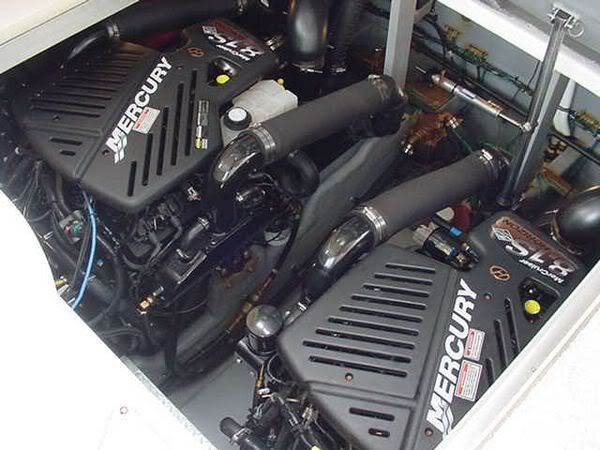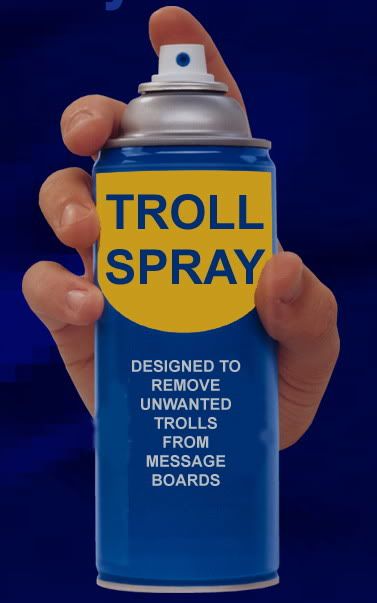chollyjohn
New Member
- Sep 27, 2008
- 126
- Boat Info
- 1992 Sea Ray 310 Sportbridge - Only 41 Made by Brunswick
- Engines
- Twin 8.1L Mercruiser; 370HP each; Inboard Zurth Str8 Drives
Solvent typically would mean prepsol or paint thinner. Moisture like anything is better to stay away from to prevent corrosion and unlike the early models, when you were told to coat the surface and blot dry with light oil, todays fine web designs should not carry any residue. Here's a good link:
http://powerandmotoryacht.com/columns/maintenanceqa/0602qa/
I mentioned earlier about using brake cleaner, since it works the best I ever used since the product usualy has ingredients to help bust away dirt, dust and grime associated with conditions in the engine compartment. Int he end...to each his own!
http://powerandmotoryacht.com/columns/maintenanceqa/0602qa/
I mentioned earlier about using brake cleaner, since it works the best I ever used since the product usualy has ingredients to help bust away dirt, dust and grime associated with conditions in the engine compartment. Int he end...to each his own!











